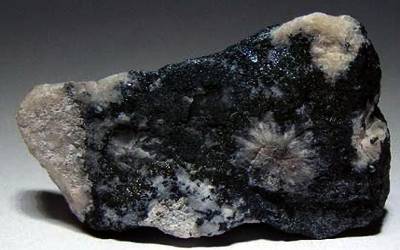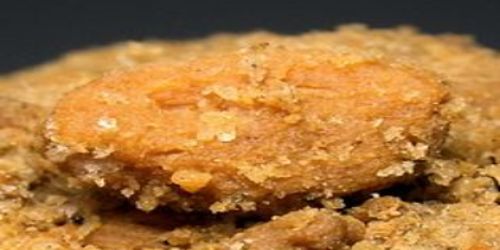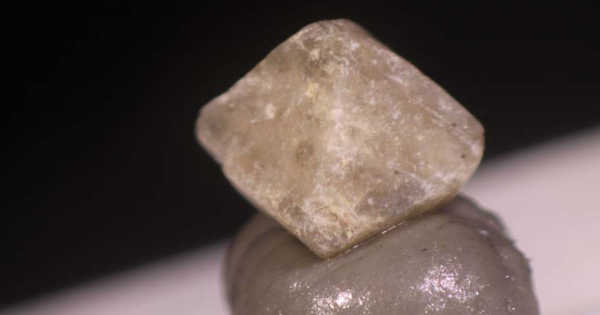Crookesite is a selenide mineral composed of copper and selenium with variable thallium and silver. It is a rare mineral, selenide of copper, thallium, and silver, occurring in steel-gray, compact masses. It was discovered in 1866 in Skrikerum, Sweden and named for Sir William Crookes (1832–1919), the discoverer of the element thallium.
Its chemical formula is reported either as Cu7(Tl, Ag)Se4 or (Cu, Tl, Ag)2Se. It is formed by precipitation from hydrothermal fluids, and contains by mass: 16.3% Tl, 47.3% Cu, 2.9% Ag, and 33.6% Se.
General Information
- Category: Selenide mineral
- Formula: Cu7(Tl, Ag)Se4
- Crystal system: Tetragonal
- Crystal class: Disphenoidal (4)

Properties
Crookesite is an opaque, bluish grey to pink toned brown metallic mineral crystallizing in the tetragonal system. This mineral consisting of selenide of copper, thallium, and silver occurring in lead-gray metallic-looking masses. It has a Mohs hardness of 2.5 to 3 and a specific gravity of 6.9.
- Color: Lead-gray
- Crystal habit: As finely divided, disseminated specks, and as small veinlets.
- Cleavage: Good, two at right angles
- Fracture: Brittle
- Mohs scale hardness: 2.5–3
- Luster: Metallic
- Diaphaneity: Opaque
- Specific gravity: 6.90
Occurrence: Of hydrothermal origin, with other selenides.
Association: Umangite, berzelianite, eucairite, klockmannite, clausthalite, sabatierite, selenian linnaeite, calcite, quartz.
Information Source:
















